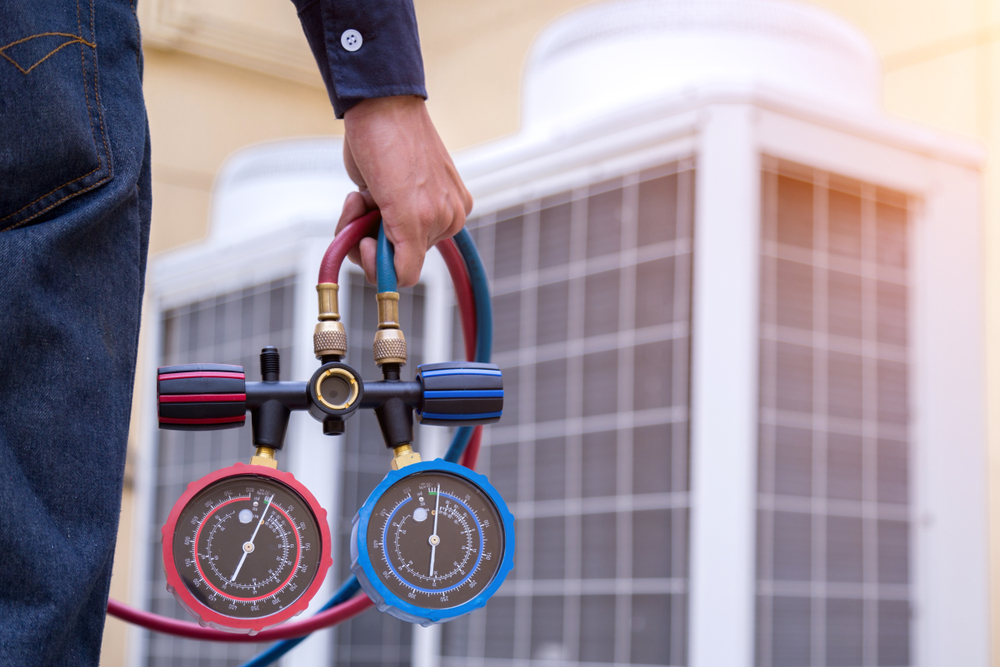Professional Mold Removal
Expert team offers professional mold removal services to ensure a safe and healthy environment for your property. Learn today for fast and effective mold remediation solutions.
Mold infestation is a common yet serious issue that can affect the structural integrity of buildings, as well as the health of those residing within them. Mold growth is especially problematic in areas with high humidity or after incidents of water damage. It is not just an aesthetic concern; it poses significant risks to indoor air quality and can lead to respiratory issues and other health problems. This prompts the need for a thorough understanding of mold removal, which involves the comprehensive process of identifying, containing, and eliminating mold from an indoor environment. In this discussion, we will explore what mold removal entails, the benefits of removing mold, the types of mold removal services available, and the costs associated with these services.

What is Mold Removal?
Mold removal, also known as mold remediation, is the process of identifying mold presence, containing its spread, cleaning and removing mold-contaminated materials, and taking measures to prevent future mold growth. This process is typically carried out by professionals who are trained in handling hazardous materials and have the expertise to ensure that the mold is removed effectively and safely. Mold removal can range from simple cleaning tasks to extensive renovations, depending on the level of infestation and the materials affected.
The process begins with an assessment, where experts determine the extent of the mold problem and develop a plan of action. This is followed by containment procedures to prevent mold spores from spreading to other areas. After containment, the affected materials are cleaned or removed, depending on the severity of the mold damage. The final steps involve treating the area to prevent future mold growth and restoring the space to its original condition.
Benefits of Mold Removal
The primary benefit of mold removal is the protection of health. Exposure to mold can cause a variety of health issues, including allergic reactions, asthma attacks, and other respiratory conditions. By removing mold, you reduce the risk of these health problems for anyone occupying the space.
In addition to health benefits, mold removal also protects the value of your property. Mold can cause significant damage to building materials, leading to costly repairs and a reduction in property value. Thorough mold remediation can restore the integrity of the structure and maintain or even increase the value of the property.
Furthermore, mold removal can improve the quality of indoor air, resulting in a fresher, cleaner environment. This can enhance the comfort of living or working spaces and contribute to overall well-being.
Types of Mold Removal Services
Mold removal services come in various forms, tailored to the specific needs of the infestation and property. Here are some common types of mold removal services:
- Assessment and Inspection: Professionals conduct a thorough examination of the property to identify mold sources and the extent of contamination.
- Mold Testing: Sometimes, it may be necessary to perform air and surface tests to determine the type of mold and the level of spore concentration in the environment.
- Containment and Air Filtration: This involves sealing off the affected area and using air scrubbers and HEPA filters to prevent the spread of mold spores during the remediation process.
- Mold Cleaning: This service is suitable for non-porous surfaces where mold can be cleaned without the need for material removal.
- Mold Removal: When mold has penetrated porous materials like wood or drywall, these materials may need to be removed and replaced.
- Sanitization: After mold removal, the area is sanitized using antimicrobial treatments to prevent future growth.
- Restoration: This service returns the property to its original condition, including reconstructing any removed structures and refinishing surfaces.
Costs
The cost of mold removal services can vary widely depending on several factors, such as the extent of the mold infestation, the type of materials affected, and the complexity of the remediation required. Small-scale mold removal can be relatively inexpensive, potentially costing a few hundred dollars. However, for extensive infestations, especially those that have affected the structural integrity of a building, the cost can reach several thousand dollars.
Factors that influence the cost include the size of the area affected by mold, the type of mold, the degree of damage, access to the affected area, and the cost of labor in your region. Professional mold removal services may provide a free initial assessment, but testing and the remediation process itself will be charged. It's important to obtain detailed quotes from multiple service providers to understand the potential costs fully.
Mold removal is a crucial process for maintaining healthy indoor environments and protecting the structural integrity and value of properties. Given the serious health risks and potential property damage associated with mold infestation, it is important to address mold issues promptly and effectively. The benefits of mold removal are clear: improved health, preserved property value, and enhanced quality of indoor air. With a range of services available, homeowners and property managers can find tailored solutions to meet their specific needs.
Understanding the costs associated with mold removal is equally important, as they can vary significantly based on the scope of the problem. It's always wise to consult with professionals who can provide accurate assessments and transparent pricing. Investing in mold removal is not only a matter of immediate remediation but also a long-term investment in the health and safety of occupants and the longevity of the property itself. By taking proactive steps to eliminate mold and prevent its recurrence, property owners can ensure a safer and more comfortable living or working environment.











